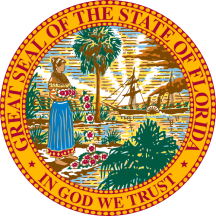A growing number of cranberry bogs in Massachusetts are being converted back to nature as farmers get out of the business or seek ways to make money out of less productive plots.
The shift comes as the industry is being hit by lower prices for the pinkish crimson berries used in sauce and juice along with rising costs of producing the larger, hybrid varieties that are popular.
Farmers also are seeing the effects of climate change which is bringing unpredictable weather like droughts and warmer fall conditions that can influence the color of berries.
Farmers have in the past considered options like selling the land for development or solar farms are now getting paid through state and federal funds to convert their bogs into wetlands.
That includes Jarrod Rhodes and his family’s cranberry farming business known as Edgewood Bogs LLC.
They’re transforming 27 acres of low-yield cranberry bogs into restored wetlands through state and federal funding programs.
Rather than spend years rebuilding distressed bogs with new irrigation, sand and high-yielding varieties, Rhodes opted for what officials call a "green exit strategy."
Traditional bog rehabilitation requires 5-6 years before seeing returns, making wetland restoration financially attractive.
The converted wetlands provide critical environmental benefits, filtering pollutants, buffering storm surge, and creating habitat for wildlife stressed by climate change.
Projects like the Eel River Preserve in Plymouth demonstrate how former agricultural land can become recreational spaces while supporting biodiversity.
Beth Lambert from the Massachusetts Division of Ecological Restoration says the combination of land conservation payments followed by restoration creates viable alternatives for struggling growers.
The program represents a shift from selling land to real estate developers or solar farm conversions toward ecological restoration that benefits both farmers and the environment.
AP Video shot by Rodrique Ngowi.

 Associated Press US and World News Video
Associated Press US and World News Video
 Local News in Florida
Local News in Florida KLCC
KLCC Omak Okanogan County Chronicle
Omak Okanogan County Chronicle America News
America News Green Bay Press-Gazette
Green Bay Press-Gazette WKOW 27
WKOW 27 CNN Climate
CNN Climate Raw Story
Raw Story RadarOnline
RadarOnline Reuters US Business
Reuters US Business